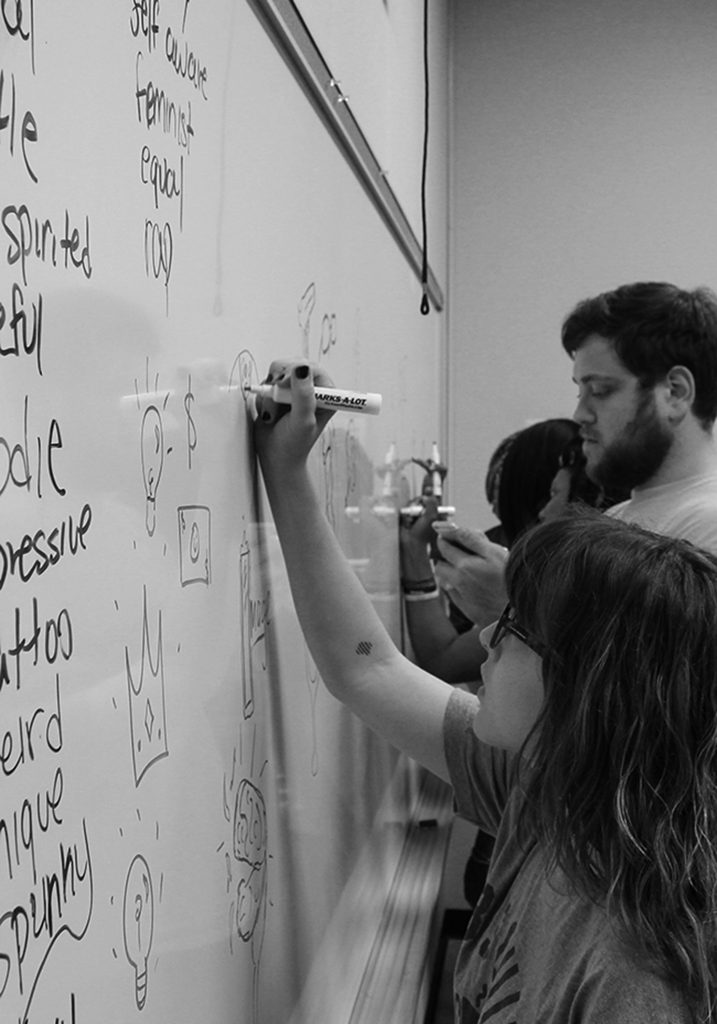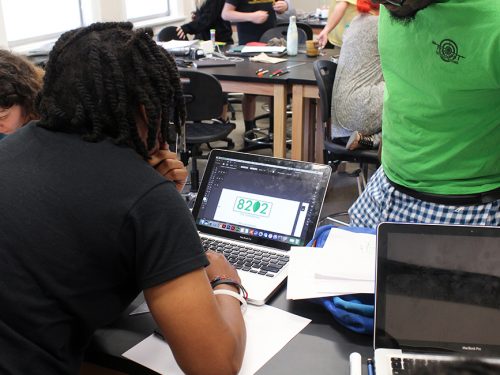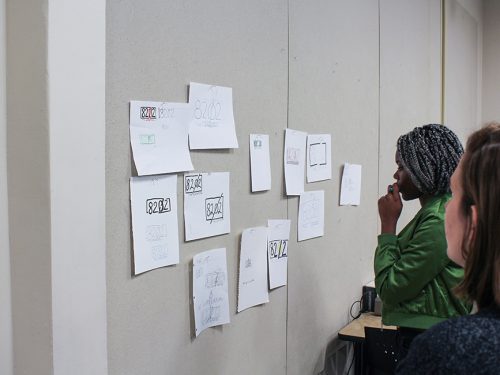
The Sport of Design
In my decade of teaching I have taught at 3 different universities and each has been filled with a different type of student. Some students were risk takers having moved several states from home to experience college on the beach while others were first generation college students steeped with deep family and cultural traditions. This decade of teaching also saw the transition from Millennials to GenZ and the different generational traits that each presents (see The Next Great Generation by Neil Howe and William Straus). Normally I would say that finding consistent success in such diversity would be difficult but early in my career I stumbled upon a method that has worked across multiple generations and student backgrounds: Sports
Millennials are known by older generations for receiving “participation trophies” and GenZ isn’t considered to be much different. This is widely seen by Baby Boomers and GenX to be a handicap, however what this has created is generations of individuals more apt to working together than working against each other. This new way of working has allowed them to collectively create substantial cultural and environmental changes through the elimination of individual goals and through the creation of team or group goals. Using this idea of group or team goals I have worked to eliminate the idea of individual competition with that of team or group competition.
In team sports such as football or basketball each player has an individual role or assignment and their ability to successfully complete this assignment increases the chances of the team achieving a victory. It is this concept that has created the famous coaching motto of two of the most successful football coaches in the history of the sport, Bill Belichick and Nick Saban: “Just do your damn job.” Though individual performance is important, each individual will also assist each other by sharing wisdom, resources, and encouragement thus raising the level of performance for the entire team. Thus far this method has worked to prevent students from hiding resources, ideas and important criticism from classmates and creating a more teamwork-based classroom experience.
Coaches utilize numerous sports psychology methods to push their teams beyond their limits and more importantly to empower their players to push each other to reach higher.
- Outcome Goals : Overall end result or victory
- Process Goals: Goals set to help achieve outcome goals (ie: practices, exercises, etc.)
- Team Cohesion: Methods used to unite individuals in order to achieve goals collectively and create an atmosphere of self-regulation
For my courses the semester is seen as a “season” while each major project is seen as a “game or match.” This division helps to create the opportunity for outcome goals by creating projects to “win” or a season with a “winning record.” In sports, daily practice is used to create process goals. Sports practices can consist of speed and strength training, and film and scouting research to gain the necessary skills and knowledge to achieve victory. To simulate this, class may begin with a 15 minute critique of a piece of design from a design blog or publication that is relevant to their project, and a research journal assignment usually accompanies each project. Smaller type or software exercises are used to strengthen the necessary skills they will need to achieve their outcome goal, examples of past exercises are:
- Perfect 5 Origami animals (practice folds, cutting, geometry, etc.)
- Creating 5 Step Type hierarchy utilizing character styles in Illustrator/InDesign



photos from Crucible “8202” Project
A multi-step process book is used for every project which allows for students to organize their research, exercises, and to share that information with each other through visual armory exercises thus helping to develop team cohesion. In the event that team cohesion is an issue I have utilized larger more involved methods such as the Crucible Project (photos are from this exercise). The Crucible Project is a timed project (1 – 1.5 hours) where students collectively have to accomplish a series of large goals that can only be achieved through a team effort.
Due to students’ desire to win they are willing to spend more time outside of class “practicing” and working together to better their chance at victory. A noticeable side effect has been outstanding participation in student design organizations. These student organizations commonly host weekend workshops and “worknights” to help bring students together. These organizations have also greatly increased participation in conference travel which averages 20+ students a year.

